When my oldest was about 6 months old, I would sit him on the floor. I always put pillows all around him, as he'd always flop over. As a first-time mom, I worried about why he wasn't sitting up yet.
Now, I know that babies achieve milestones at their own pace, and skill development isn't always a straight line. Eventually, he stopped being so floppy and sat up well.
How can you help your baby learn to sit up? Dr. Amie Dougherty of Milestones at Play says babies go through a process to learn to sit independently. Learn what experts recommend and how you can help your baby master sitting.
When Do Babies Start Sitting Up on Their Own?
Babies usually achieve the skill of sitting up independently between 4 and 8 months, Dr. Amie Dougherty says. According to the American Academy of Pediatrics, babies should master this skill by 9 months of age.
As with all milestones, your experience may vary. Each baby develops on their own timeline. My oldest took a bit longer to sit independently, while my younger two learned more quickly. That may be because they wanted to sit up to play with their siblings.
Also, keep in mind that your baby may start sitting up for just a few seconds at first. I remember my children would start sitting for twenty to thirty seconds before toppling over. They would gradually increase their strength and skill over time.
If your baby can't get into or stay in a sitting position by 8 or 9 months, get in touch with your child's pediatrician.
Signs Your Baby is Ready to Sit
Olivia Powers, also known as the OT mom, explains the signs that your baby is ready to sit:
- Good head control
- Pushing up during tummy time
- Does "baby crunches" or lifts their shoulders and head when lying on their back
- Can roll in both directions
Powers, who holds a master's degree in Occupational Therapy, says babies need to gain a lot of core strength to learn to sit. Plus, your baby needs good control over the head and neck muscles.
Babies build these skills during tummy time. Dougherty, who holds a Doctorate in Physical Therapy, explains that plenty of tummy time pushing up on their arms also helps babies learn to catch themselves if they tip over while sitting.

When to Start Teaching a Baby to Sit
Technically, babies start learning to sit from birth. By giving your baby lots of tummy time, you help them build the muscles they'll need for sitting up. That said, you can start teaching your baby to sit up with activities aimed at sitting up when they are about 6 months old. Try watching your child for signs they're ready to practice.
Tips for Parents: How to Teach Your Baby to Sit Up on Their Own
The most important thing parents can do is give babies plenty of free play time on the floor. Beyond that, there are some exercises you can try:
Stages of Sitting Up
Dougherty has helped many babies master sitting. She explains that there are several stages in the process of learning to sit up. Your baby might not sit up independently all at once. Instead, they might achieve supporting skills or mini milestones such as:
- Propped up sitting or in the tripod position. Your baby sits while leaning forward on their arms.
- One arm prop. Your baby sits and places one hand on their leg or the floor.
- Ring sitting. Your baby sits with legs slightly bent and in front of them, creating a ring shape.
- Side sitting. Your baby sits with their legs off to the side.
You can help your baby move into these positions to build their sitting skills. Similar to crawling, each baby may develop their own style for sitting. Supported sitting will soon lead to independent sitting.
Tips for Helping Baby Sit Upright on Their Own
If you're a parent wondering, "When do babies start to sit up?" there are some strategies you can use to help your baby.
Play Time
First, babies need lots of active play time on the floor. What this should look like depends on your baby's interests. You can use a play mat to keep your baby comfortable. Get down onto the floor with your baby and play with blocks, read a book, play with rattles and toy cars, or make faces in a mirror. Tummy time gives your baby plenty of practice holding their head up and building core strength.
Baby Sit-Ups
If your baby isn't yet sitting, the NHS recommends doing baby "sit-ups." Try these when your baby is lying down, perhaps after a diaper change. Grab their hands and make eye contact. Gently pull your baby forward and up into a sitting position. This exercise helps babies practice their head control. You can repeat these "sit ups" several times.
Practicing Sitting Positions
Another strategy is to show your baby how they can move from lying down to a sitting position. You'll help maneuver your baby while allowing them to do the work. Dougherty demonstrates this for parents in a helpful video. You can also use toys to help motivate your baby and catch their interest.
Dougherty recommends having your baby sit up while playing at a vertical surface. For example, sit your baby in front of a glass door and invite them to play with stickers or suction cup toys. Or, use an activity cube with toys. This way, your baby can support themselves by leaning on the surface with their arms.
Pro Tip: If your baby isn't stable yet, Dougherty suggests using a Boppy pillow around your baby's waist. This can help support them while still allowing them to use their muscles.

Teaching Your Baby Recovery Skills
If your baby is like my oldest and seems to flop over a lot, it can help to teach them recovery skills. Dougherty suggests getting your baby into a sitting position and then gently moving their hips from side to side. You can position your baby's arms to catch themselves as they lean to one side or the other.
A little practice can go a long way. Before you know it, your baby will start reaching their arms out to prevent toppling over while sitting.
If your baby is struggling to achieve this skill, pediatric physical therapists and occupational therapists can help.
What About Baby Seats?
As a mom, Powers says she understands that parents might need to pop their baby into a seat or container from time to time. "The rule of thumb for container time is to ensure babies spend TWICE as much time on the floor as they do in a container," she explains.
Although there might be times when you can't always follow this rule, Powers encourages parents to do their best to give their babies floor time. Alternatively, you can use a baby nest, which is a soft circular space with supportive walls in which your baby sits. Dougherty recommends a nest or Boppy pillow. This provides your baby with some support while giving your baby enough freedom to build their muscles.
If you do choose to use a baby seat, Powers recommends choosing an option that has a tray. That way, your baby can play with toys or eat in the chair. Powers also advises parents to choose an option with a flat sitting surface for an upright posture. See her full recommendation here.
The Bottom Line: When Do Babies Start Sitting Up On Their Own?
Babies should be able to sit up on their own without support by around 9 months of age. With patience and practice, your baby will achieve this new milestone that gives them a fresh new perspective.
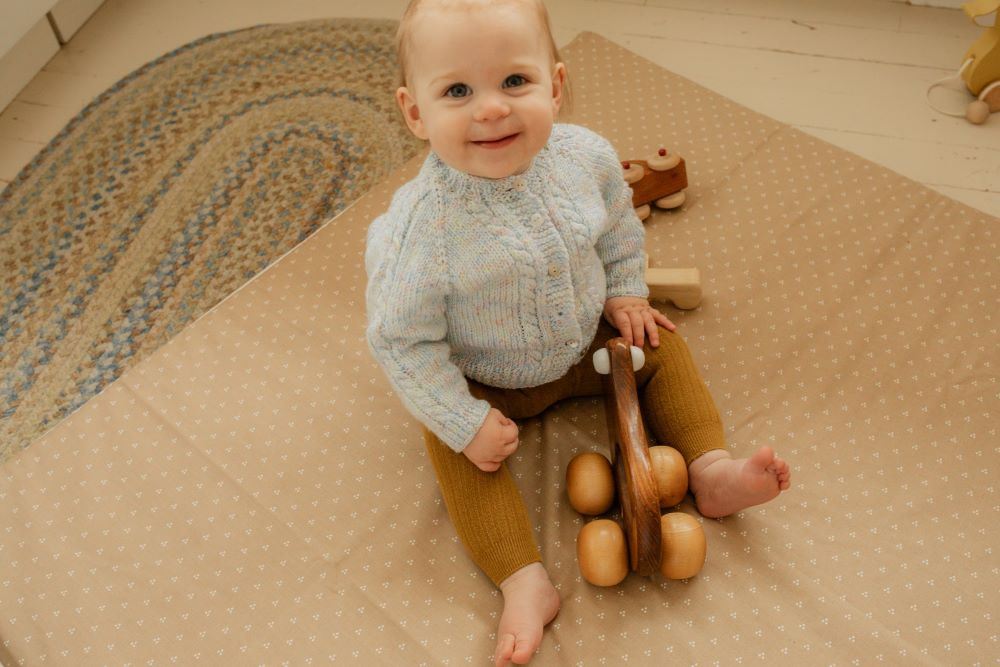

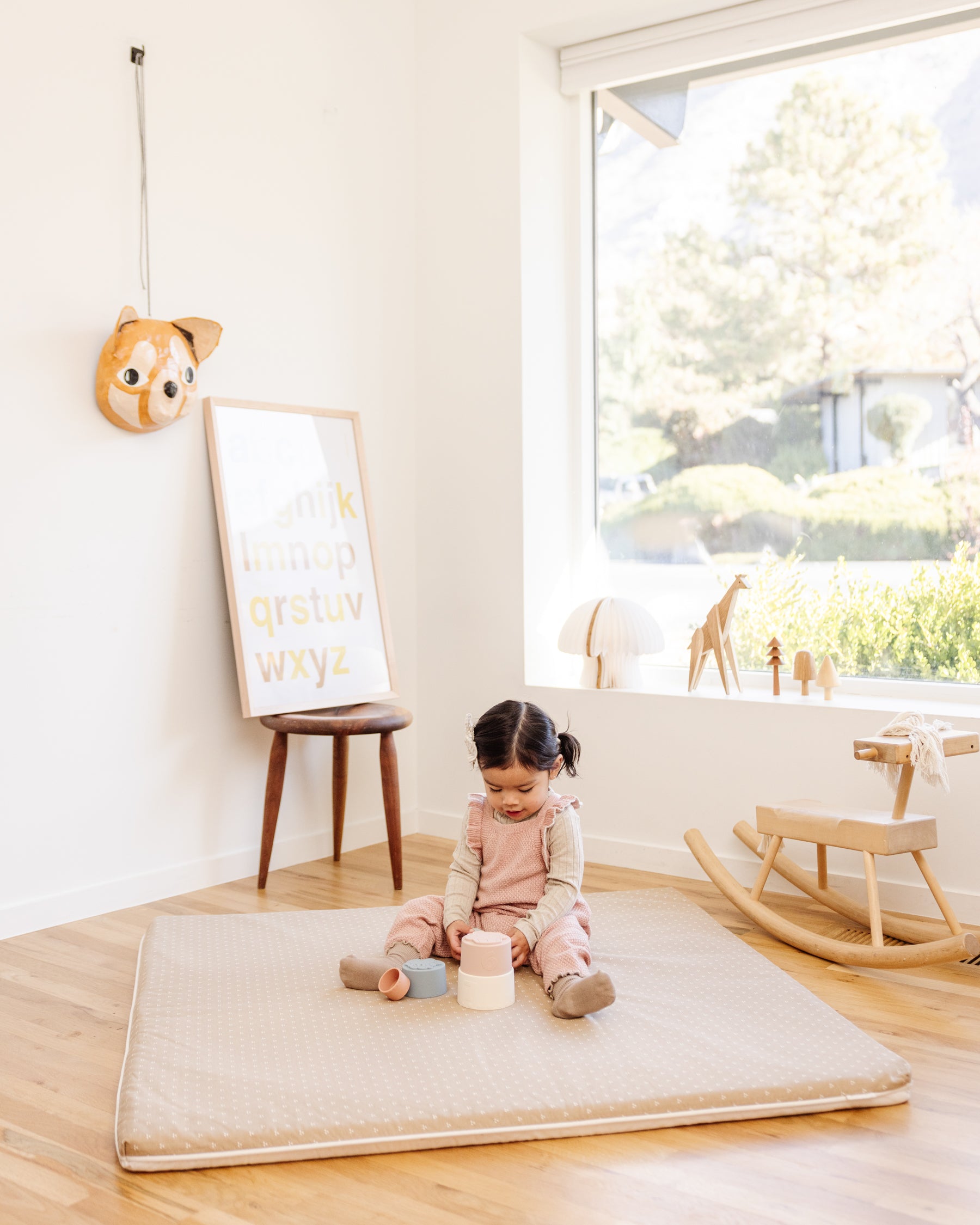
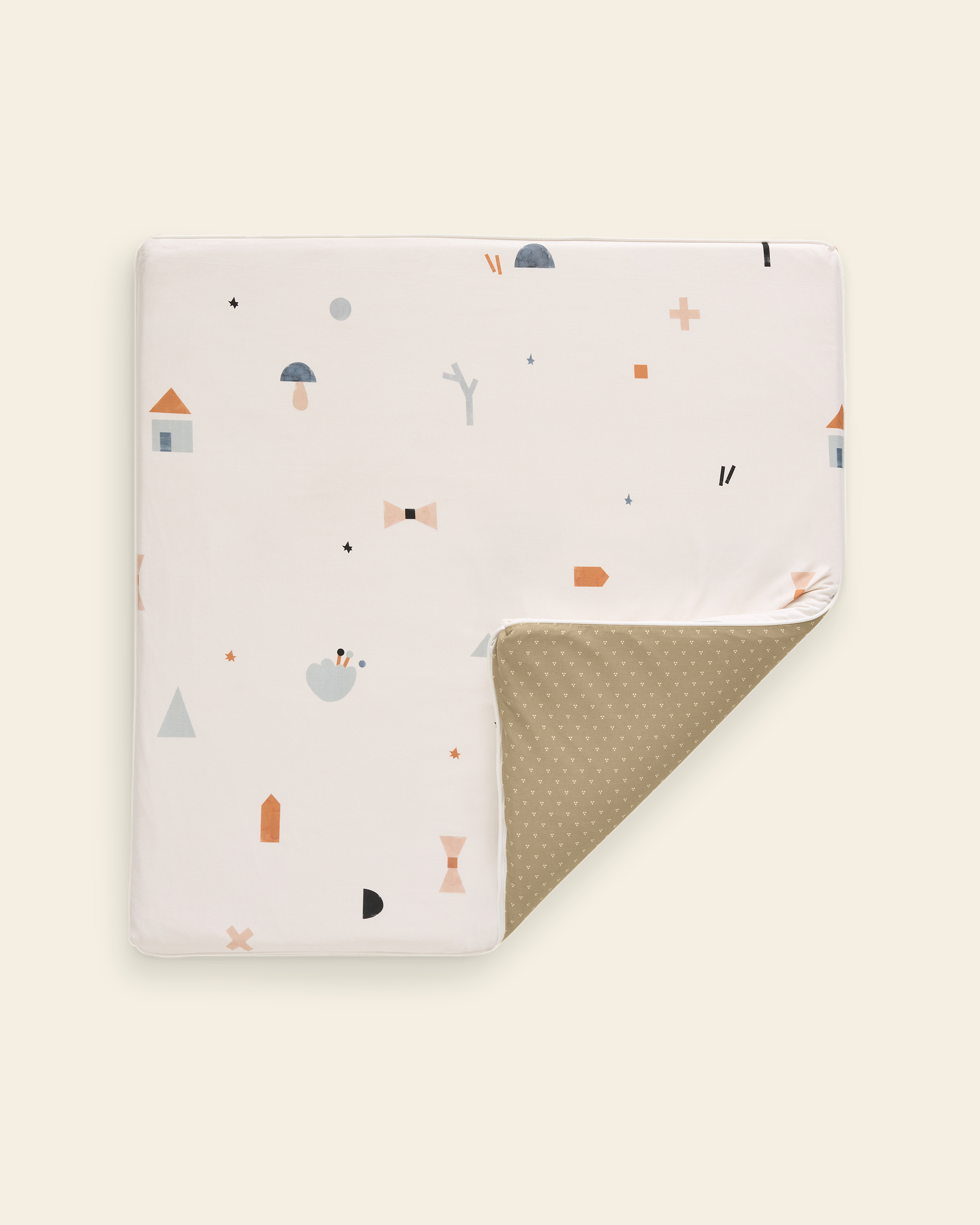
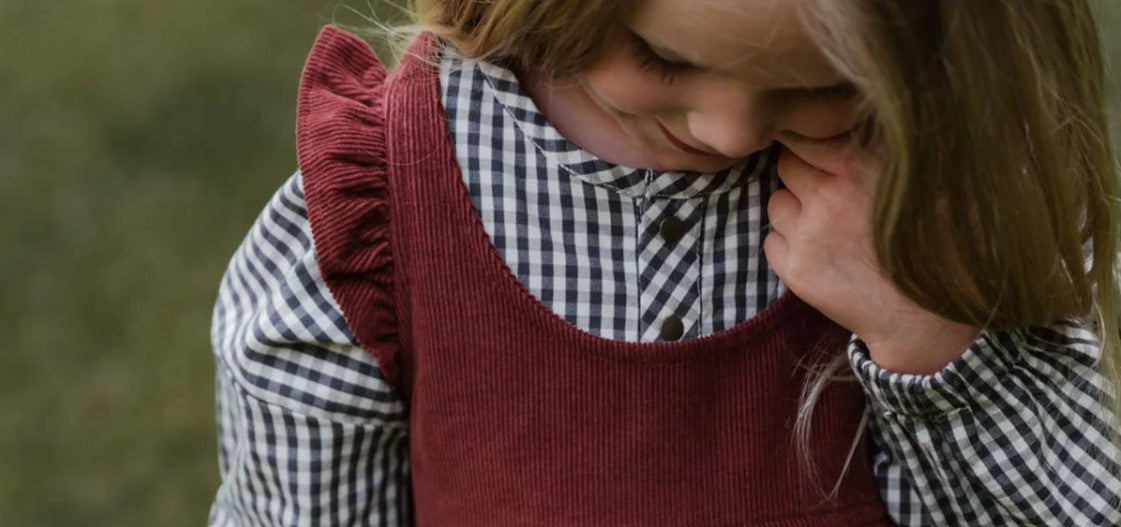
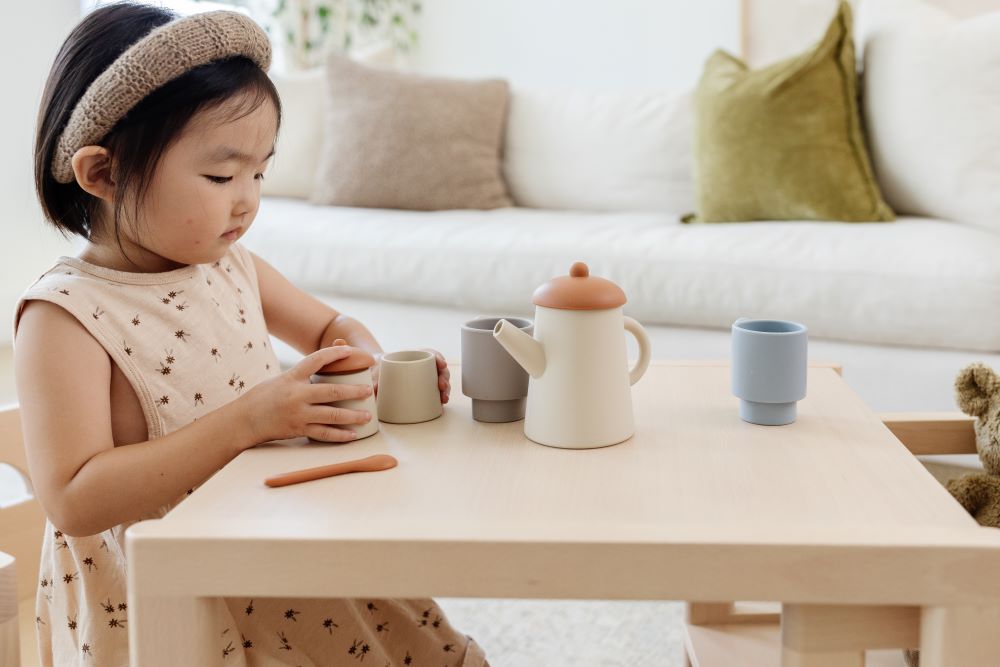
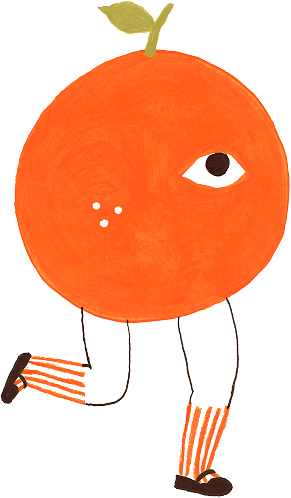

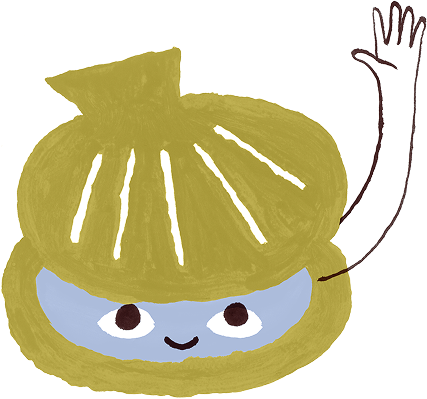

Leave a comment
This site is protected by hCaptcha and the hCaptcha Privacy Policy and Terms of Service apply.